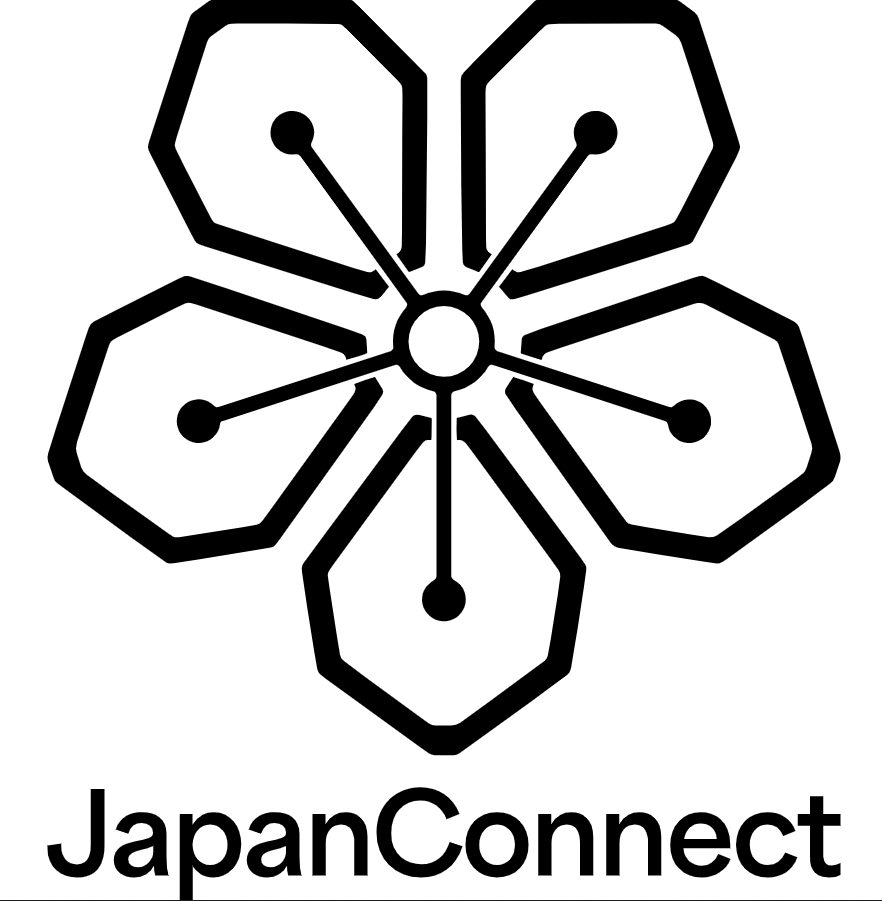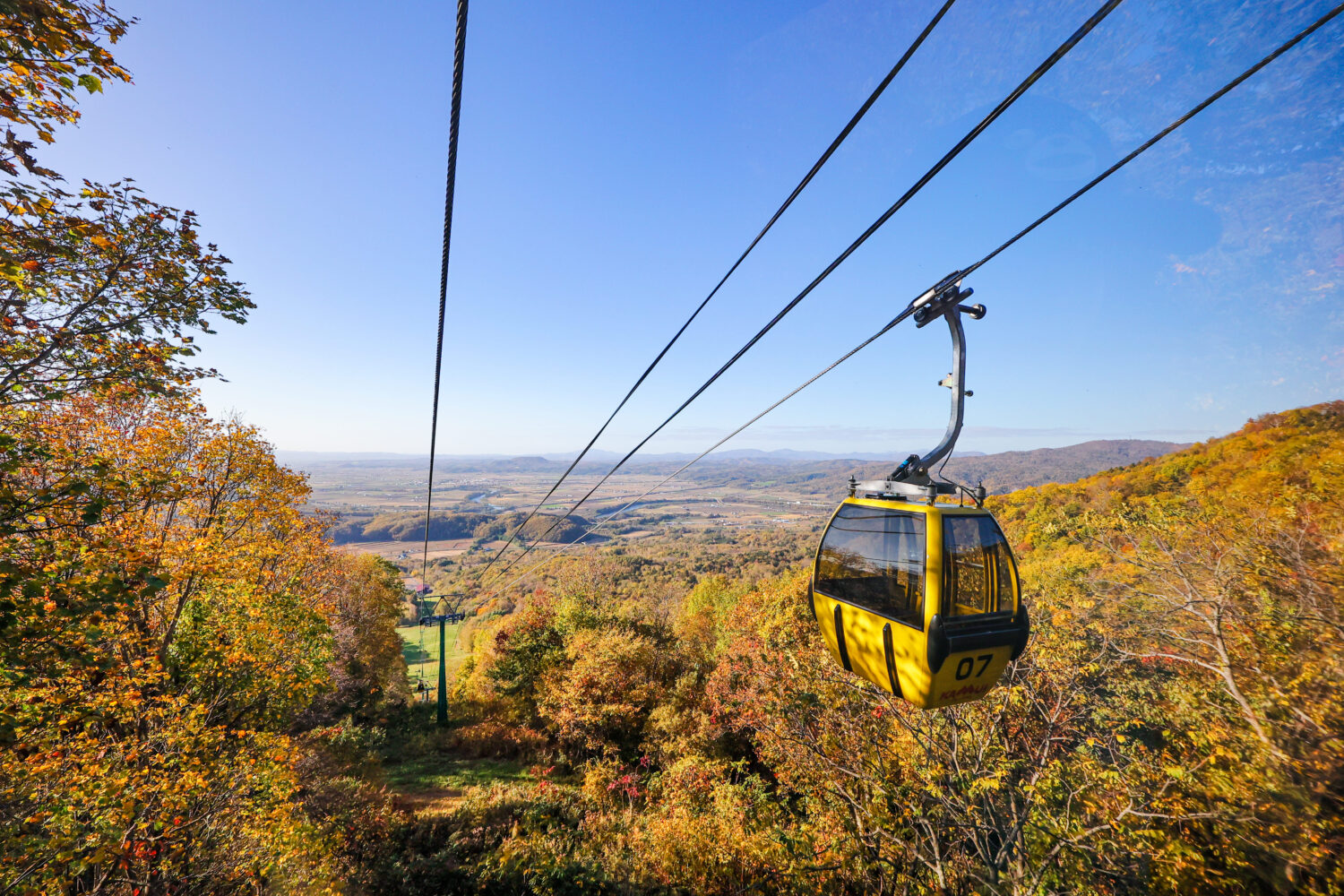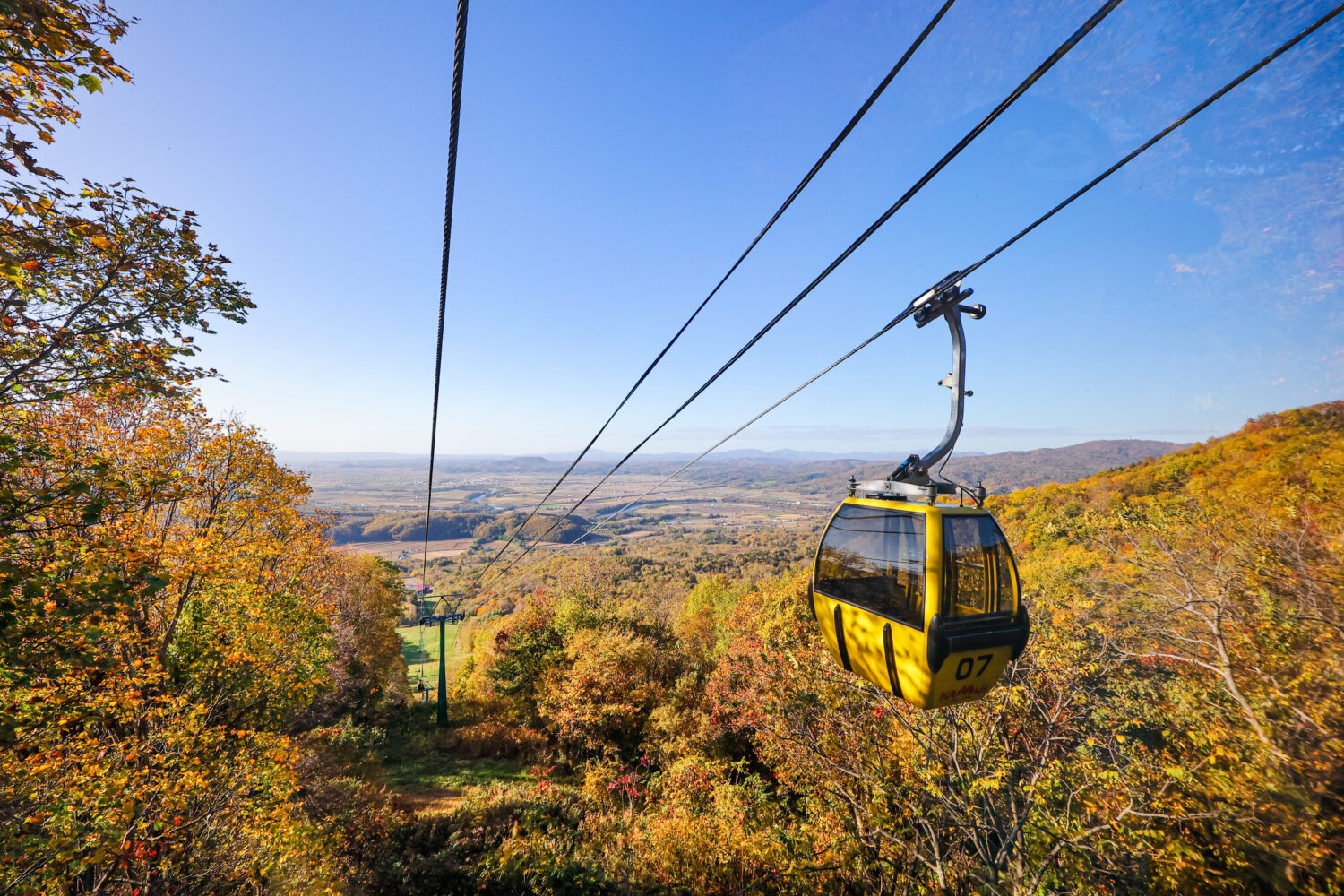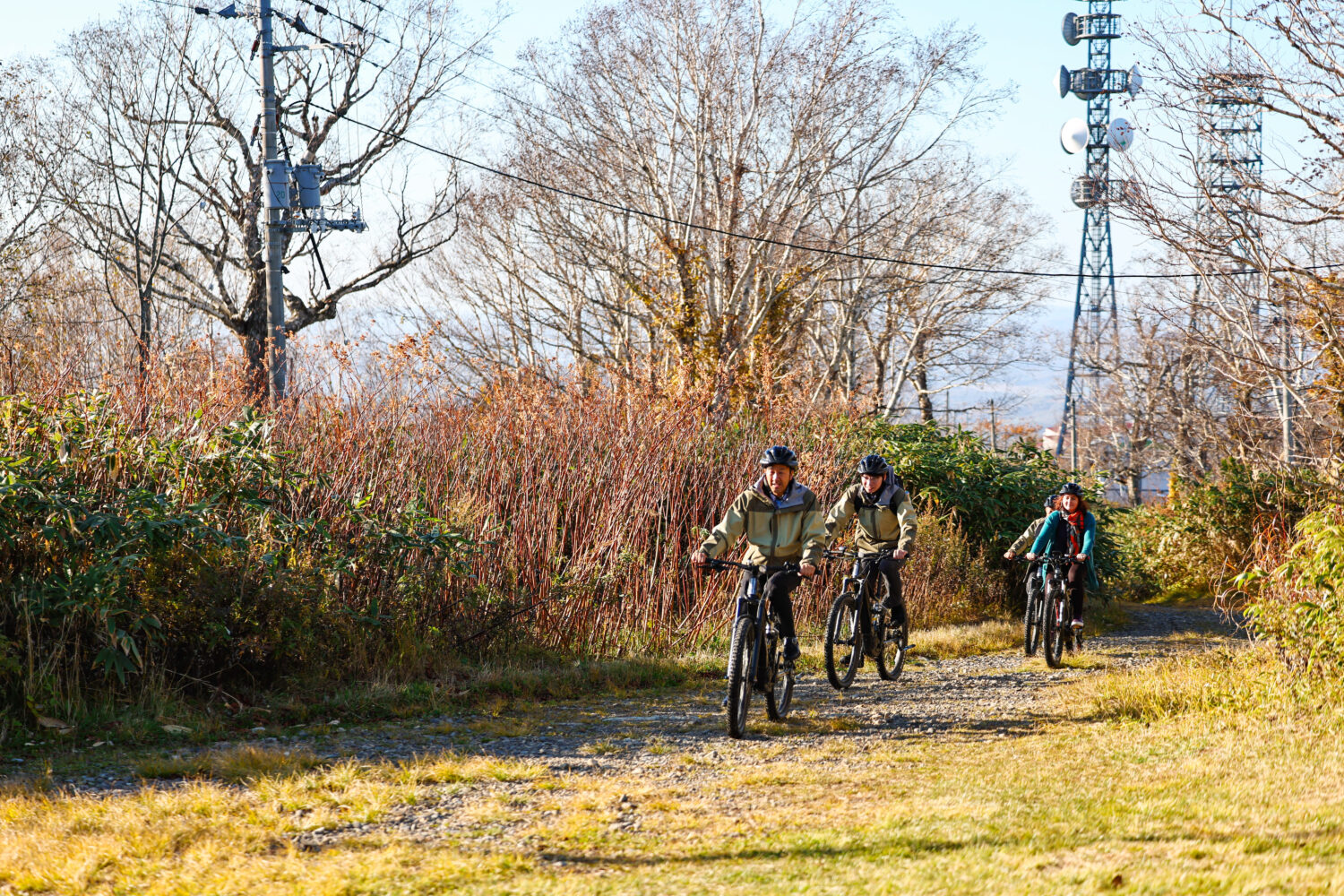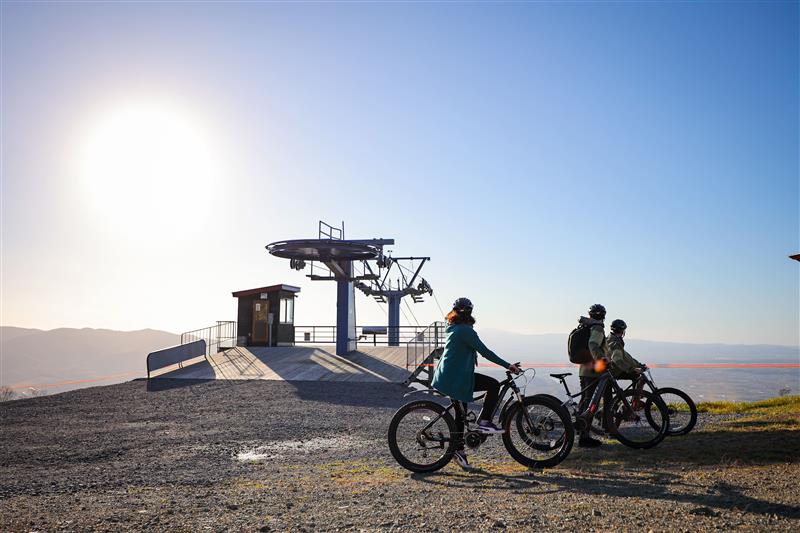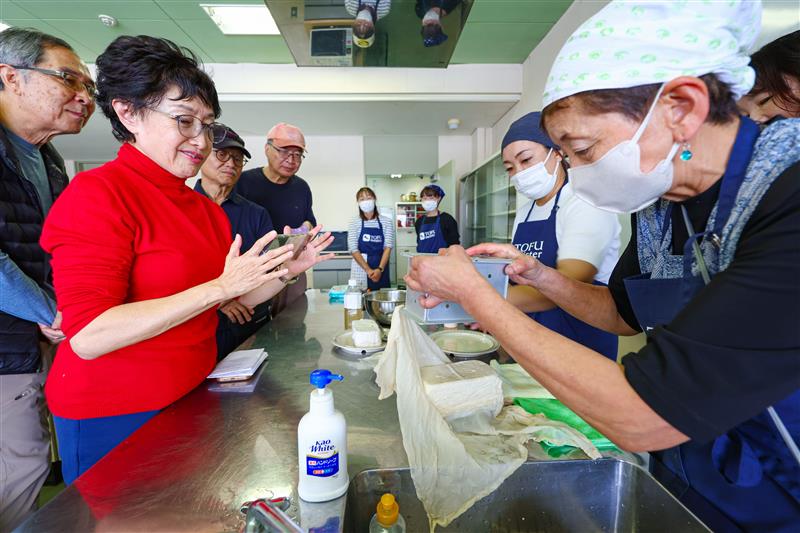Offering visitors new experiences
Is Hokkaido affected by overtourism? They come in droves every winter, attracted by its famous snow-covered slopes: visitors who concentrate mainly on a few well-known resorts and miss out on the many other riches the island has to offer. Missing magnificent landscapes, a unique culture, and delicious local cuisine.But can you blame them? Social networks promote these popular destinations and unfortunately lead to a concentration of tourists in certain areas, causing problems such as infrastructure saturation, pollution, and a lack of respect for the environment and local communities. So it's high time to promote new initiatives and bring about more sustainable and responsible tourism.
To enhance the island's appeal throughout all seasons, Hokkaido is working to develop activities and easy access to various points of interest all year round.
The Asahikawa region boasts a diverse range of activities. In summer, enjoy hikes through vibrant green landscapes, while winter brings thrilling adventures in the snow. Relax in hot springs nestled in the mountains for a true escape. Located just a two-hour train ride from Sapporo and featuring its own airport, Asahikawa is an easily accessible destination for adventurers and anyone seeking tranquillity and renewal.
Among these activities, why not take advantage of the deserted ski slopes from spring to autumn to try an electric bike ride to the top of the mountain? These all-terrain, easy-to-handle machines enable beginners and experienced riders alike to explore trails and landscapes that are usually inaccessible. The reward: breathtaking views from the heights.
But while these moments of absolute peace, immersed in nature, are precious, they're not enough: Hokkaido is also home to committed communities, and we mustn't forget that.
Immersing in local life
In Hokkaido, residents are actively involved in new regional initiatives. In Kitamura, a small district just north of Sapporo, Shima-san is working to revitalize the area by connecting local entrepreneurs and making it more appealing to international visitors. Visitors can experience the daily lives of farmers firsthand by joining in the harvest of local vegetables or learning the art of tofu-making from the dedicated "Tofu Meisters." These experts regularly host workshops, blending patience and humor to teach the craft. It’s a one-of-a-kind experience that reveals the region’s culinary traditions in an inviting, lighthearted way. The program is already a hit, with reservations booked through 2025, and new activities planned. Next winter, for example, how about building a snow hut?After these enriching moments, it's time to relax in a nearby onsen, where visitors can not only enjoy the calm of the hot springs but also leaf through a booklet tracing the history of Kitamura. Offered throughout the year, the booklet pays tribute to the region's pioneers and the small businesses that keep it alive today, enhancing travellers' interest in the area and its rich history.
This initiative helps stabilize local employment for young farmers in their 30s and 40s, who might otherwise be inclined to leave the area. It also seeks to inspire the next generation, showing children that it’s possible to create lasting bonds between generations and share their passion for the land with a broader audience.
In Kitamura, not only tomatoes and soybeans are grown, but also a cultural and human heritage that keeps visitors coming back to discover the place in the light of a new season.
Sustainable Innovations: a zero-carbon park
Adventure, sports and nature immersion, meetings and experiences with the locals - Hokkaido proves that it's possible to think differently about tourism, without sacrificing fun or denying visitors access to these regions. This model is echoed in other parts of Hokkaido, such as Biei, a hilly town at the gateway to the magnificent Daisetsuzan National Park. Biei is a tourist destination worth visiting in all four seasons, especially from fall to winter when you can enjoy the wonders of nature.Biei's singular beauty is rooted in a landscape shaped by volcanic eruptions millions of years ago, creating hills and fields that stretch as far as the eye can see. At the center of this landscape, Mount Tokachi, an active volcano, reminds us of both the strength and fragility of nature, with its visible fumaroles and regular eruptions every 30 years or so.
Since April 2022, Biei has been committed to becoming a zero-carbon city, taking to heart the mission of reducing CO2 emissions to preserve its breathtaking landscapes and far from keeping them away, invites travellers to participate directly in the park's preservation efforts.
The “Zero Carbon Park” initiative, launched by Japan's Ministry of the Environment, calls on every visitor to actively contribute to environmental protection through simple gestures, and materializes in concrete actions and the encouragement of 3R practices - reduce, reuse, recycle... Bring your water bottle to reduce the use of plastics, drop off your garbage at the designated collection points, and consider traveling in an electric vehicle or by bicycle to limit your ecological impact. The city has recently made electric scooters available to facilitate these environmentally friendly journeys for people wishing to explore the city.
What's more, for those who wish to extend the experience by getting directly involved in environmental protection, reforestation and forest conservation programs are open to visitors. In Daisetsuzan Park, hikers will also find stations equipped to collect and recycle used PET bottles, with efficient sorting thanks to multilingual signs to facilitate everyone's participation. Every step in this region, each view of the volcanic landscapes invites a sustainable journey.
Could Hokkaido serve as a model for responsible tourism?
The initiatives launched across Hokkaido in recent months reflect a promising vision for the island. Collaborative efforts to promote tourism that encourages human connection, reduces environmental impact, and actively involves travellers could transform Hokkaido's image over the long term. By offering immersive and responsible experiences, Hokkaido invites visitors to explore its landscapes and culture with a fresh, mindful, and respectful perspective. This model of tourism may hold the key to preserving the region's natural treasures while sharing them with the world, one journey at a time.By Isabelle VanSteenkiste, journalist.
The stories and materials above are provided by AFPBB News. Feel free to feature these stories in your own media.
Related Links
https://visit-hokkaido.jp/en/adventure-travel/traveltrade-press/news/
